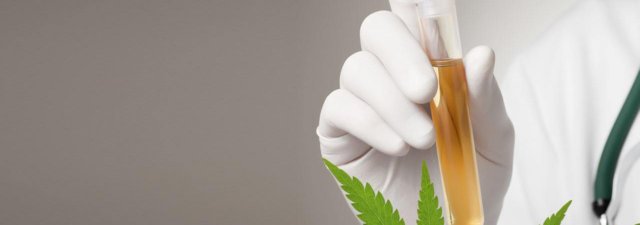According to CDC data, approximately 18% of Americans, over 48 million people, use cannabis at least once in a calendar year. A majority of states now have a medical marijuana program, and a significant number of states permit adult-use cannabis.
In theory, this is ideal because it means that people have the freedom to do whatever they choose when off the job. This is particularly good news for individuals who use marijuana for therapeutic purposes.
However, things aren’t as rosy as they seem. Although attitudes are shifting, many employers frown upon the use of marijuana – even if someone uses it outside of work hours. This is why employers conduct workplace drug tests, either pre-employment or during your time at work.
Most businesses use urine drug tests. They are cheap and easy to use. However, most people don’t realize that ‘panel tests’ look for different numbers of drugs. This article looks at 5-panel, 10-panel, and 15-panel drug tests, as well as what you can expect during a workplace drug screening.
State Laws Don’t Always Protect Marijuana Users
Remember, marijuana remains illegal under federal law in the U.S., and states can legalize or prohibit the plant. They are also free to create rules relating to cannabis use and the workplace. While some states are increasing the level of protection for marijuana users, others still make it tricky to use the drug.
In Maine, the Labor Department has removed cannabis from the list of substances a company can test for. In other words, employees can use marijuana outside of work without worrying about facing disciplinary action. A positive test for marijuana is not considered proof that someone is under the influence at work.
On the other hand, there are states such as California with rules that don’t favor employees. Although cannabis is recreationally legal there, pre-employment drug tests can see applicants being turned away if they test positive for THC metabolites.
State laws vary regarding cannabis use and whether employees are protected from dismissal in the event of a positive test.
Even though recreational marijuana use outside work is legal in the Golden State, employers can conduct drug tests on anyone they choose! The tests are supposed to be held in a “fair and consistent manner,” but this kind of vague language gives companies a lot of leeway.
Although some citizens have successfully fought their case after being dismissed from a job for MMJ use, not everyone lives in a state where this is possible. As such, you have to check your state’s laws on cannabis use and whether employees are protected from dismissal in the event of a positive test for cannabis.
Now, keep reading to learn more about the three main types of drug screening. For the record, most of the information relates to urine testing.
What Is a 5-Panel Drug Test?
Drug tests are named by ‘panels’ according to the number of drugs they test for. It follows, then, that a 5-panel version tests for five different drugs. This is the most common workplace drug test because it is the simplest and cheapest. It also covers the main drugs employers are concerned about.
5-Panel Drug Test: What Drugs Does It Screen?
Here are the five drugs tested for in a 5-panel drug test:
- Marijuana: A urinalysis tests for marijuana by looking at the number of THC metabolites in the system. THC breaks down into the metabolite THC-COOH, which is what testers are looking for.
- Cocaine: At the moment, cocaine is a Schedule II drug under the Controlled Substance Act.
- Amphetamines: Often, amphetamines come in the form of pills which are crushed and snorted up the nostrils. They are sometimes found in prescription medications like Ritalin. This group also includes illegal substances like methamphetamines or crystal meth.
- Opiates: These come from the poppy plant and can be used to make drugs like heroin. A 5-panel test also looks for legal substances like codeine and morphine.
- Phencyclidine: More commonly referred to as PCP, this synthetic compound comes in liquid or powder form.
Most employers use 5-panel drug tests. They are simple, cheap, and can get the job done by testing for the most common drugs.
What Is a 10-Panel Drug Test?
A 10-panel drug test screens for all the same drugs as its 5-panel counterpart, along with five others. Most employers don’t bother with a 10-panel test as it isn’t standard practice. Specific sectors of employment will use these tests, namely those where the safety of others is at stake. Medical professionals, law enforcement, and federal or local government employees can expect to undergo a 10-panel test.
If you fall into any of the above categories, you might be legally required to take a drug test if a current or prospective employer requests it.
Apart from pre-employment and random screenings, an employer may also ask employees to take a 10-panel test if they have reasonable suspicion that someone is using drugs. This occurs when an employer spots observable signs and symptoms of drug use in the workplace. Also, employees are usually subject to drug testing upon returning to duty if absent due to substance abuse treatment.
10-Panel Drug Test: What Drugs Does It Screen?
Apart from the five drugs in the 5-panel test, the 10-panel version looks for the following:
- Barbiturates
- Propoxyphene
- Methaqualone (also called Quaaludes)
- Benzodiazepines (including Xanax, Prozac, Lorazepam, Valium)
- Methadone
The above are among the most commonly misused drugs in the U.S., which is why the 10-panel test looks for them.
What Is a 15-Panel Drug Test?
A 15-panel drug test builds upon the 10-panel version, with five additional drugs tested for. This type of test is extremely uncommon and will likely only take place in very specialized positions.
15-Panel Drug Test: What Drugs Does It Screen?
The additional substances that a 15-panel test can detect are:
- Buprenorphine
- Oxycodone
- MDMA
- Meperidine
- Tramadol
What Happens During a Drug Test?
A urinalysis is a pretty simple procedure. Sometimes you receive notice, but other times drug testing is completely random. As a result, it’s best to stick to the laws in your state so you aren’t caught unawares.
The test can occur at your workplace, a testing facility, or a medical clinic. A technician is present to carry out the procedure and provide you with instructions. The tester provides a cup to urinate into.

A lot of people try to cheat on drug tests. They feel it is unfair to be tested for marijuana use when they often aren’t doing anything illegal on a state level. There are many ways to cheat on a test, but don’t think technicians are easily fooled!
There are often measures in place to prevent cheating, such as:
- Patting you down to make sure you aren’t taking a fake sample into the stall
- Inspecting the site before you provide your sample and again before collecting it
- Turning off tap water and securing water sources
- Dying the toilet water blue to prevent dilution of the sample
- Measuring the temperature of the sample after you have provided it
It’s pretty hard to cheat a test, so it would be wise not to bother. Once you have provided the sample, give the tub back to the technician for testing.
Drug Detection Windows
It is challenging to provide an extremely accurate time frame regarding the window of detection for different drugs. When ingested, drugs remain in the body for a certain period, but the time frame depends on factors including the drug, dose consumed, an individual’s metabolism, and type of sample.
As a result, it is only possible to provide an estimated detection time for the drugs screened in the 10-panel test.
- Amphetamines: 1-2 days
- Barbiturates: 2-15 days
- Benzodiazepines: 2-10 days
- Cocaine: 2-4 days
- Marijuana: 3-35 days
- Methadone: 2-7 days
- Methaqualone: 10-15 days
- Opioids: 1-4 days
- Phencyclidine: 2-8 days
- Propoxyphene: up to 2 days
How to Read a Drug Test
The next step involves the tester sending the sample to a lab, where an immunoassay is performed. This type of screening is fast and accurate and uses test strips containing antibodies to detect drug residue. Of course, every kind of test only looks for a certain number of drugs. If you have used MDMA and your employer only commissions a 5-panel or 10-panel test, evidence of your drug use won’t appear.
A positive result means that a substance was detected, and you have failed the test. Here is a breakdown of different positive results:
- True positive: The analysis correctly identifies the use of substances.
- False-positive: A testing error leads to a positive, even though substances were not used.
- True positive, but with medically acceptable documentation: Depending on the state you live in, employers sometimes accept medical prescriptions as an excuse if something shows up on the test. Often, this is for things like opioids, but employers may now include marijuana in some states.
It is also possible that the test proves inconclusive or is invalid. This test result doesn’t represent a pass or a fail. If your test is inconclusive, you can expect your employer to ask you to take another one.
If any of the above positives appear on the test, the results must be confirmed using a gas chromatography/mass spectrometry (GC/MS) test. A GC/MS test is an extremely accurate test as it looks for metabolites. If you fail this test, a Medical Review Officer (MRO) is required to find fault in the procedure if you contest the result.
If a false positive occurs, there are ways to fight your case and ensure that you don’t face repercussions for something you didn’t do.
Many people are worried about a false positive, but you can rest easy. There are ways to fight your case and ensure that you don’t face repercussions for something you didn’t do.
If you test negative or have a valid reason for a positive test (such as a medical prescription), then you have absolutely nothing to worry about!
Limitations of Drug Testing
One insurmountable problem that drug testing faces is that it can’t determine whether you were using the substance while at work. Numerous lawsuits have been carried out on this basis, with many of them centering around marijuana use. Some people win their cases, and others don’t. There is no concrete legislation right now.
A second issue is that 5-panel, 10-panel, and 15-panel drug tests don’t look for all the drugs an employee could be using. For example, even 15-panel tests don’t check for LSD, magic mushrooms, peyote, or mescaline.
Final Thoughts: The Difference Between Drug Tests
Drug testing is something that strikes fear into the hearts of many Americans. It seems unfair that in states where marijuana is legal, citizens can be punished and fired for using it in their leisure time.
The most you can do is stay clued up on the laws in your state and be prepared to fight your case. You can also try to be as educated as possible on drug tests too.
The only way to be certain that you’ll pass a drug test is to be truthful and abstain from use before the test.
FAQ
Does Kratom Show up on a Drug Test?
No. Kratom doesn’t show up even on a 15-panel drug test. It is a plant that has opioid-like effects and is technically legal on a federal level, although that could soon change. Also, several states have decided to ban the substance. The fact that it provides a ‘high’ and can beat drug tests has contributed to its popularity.
Does Xanax Show up on a Pre-Employment Drug Test?
Yes, Xanax is a benzodiazepine prescription drug that shows up on 10-panel and 15-panel drug tests. A urinalysis can detect the drug for up to 7 days after it was last used. Meanwhile, a blood test will pick it up 6 days after use, whereas a saliva test only detects it up to approximately 60 hours after use.
Do Most Companies Do a 5, 10, or 15-Panel Drug Test?
The most commonly used drug screening is the 5-panel urine test. It is relatively quick and inexpensive and detects five of the most commonly used drugs. The 10-panel version is mainly used in authority roles, or where a person’s actions have a major impact on a member of the public’s safety. This includes jobs in law enforcement, medicine, or state/federal government.
The 15-panel test is rare and is generally only used in high-ranking positions.
How Long Do 5, 10, or 15-Panel Drug Test Results Take?
The average turnaround time varies according to the type of test and the procedures followed by labs. For instance, some laboratories need extra time for shipping samples and reporting results. Typically, urine or blood test results take 1-5 business days, whereas it can take 4-10 business days to receive the results of a follicle test.
Also, negative test results usually come back faster. If an employee tests positive for any drug on the panel, additional testing is required to eliminate false positives and ensure accurate results.
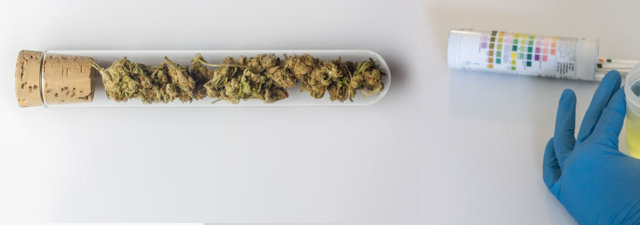
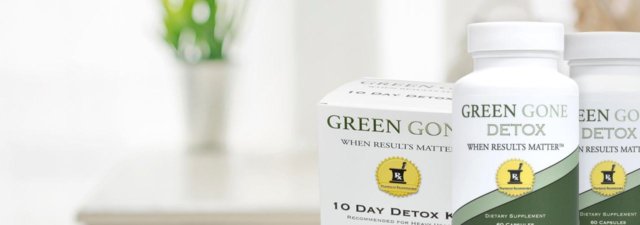
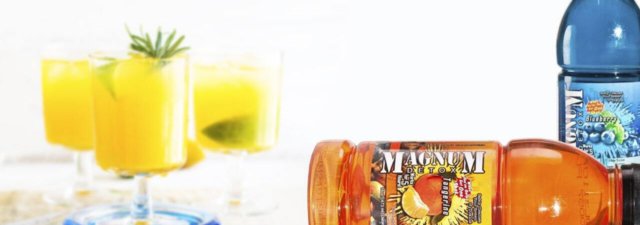
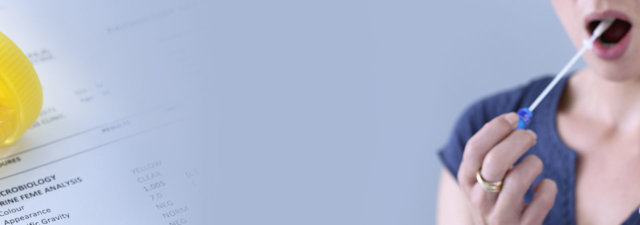
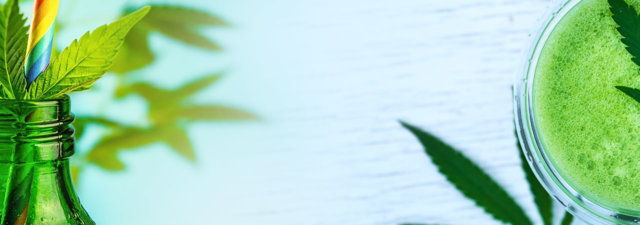
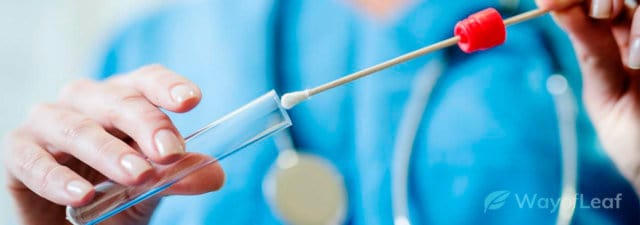
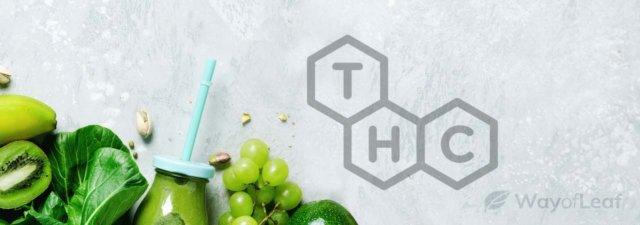
![Failed a Drug Test After Taking CBD Oil? [Here’s Why…]](https://marijuanabreak.com/wp-content/uploads/2019/06/mj_cbd-oil-on-drug-tests-640x225.jpg)
![How to Pass a Mouth Swab Drug Test [Complete Guide]](https://marijuanabreak.com/wp-content/uploads/2019/03/wol-how-to-pass-a-mouth-swab-drug-test-640x225.jpg)

